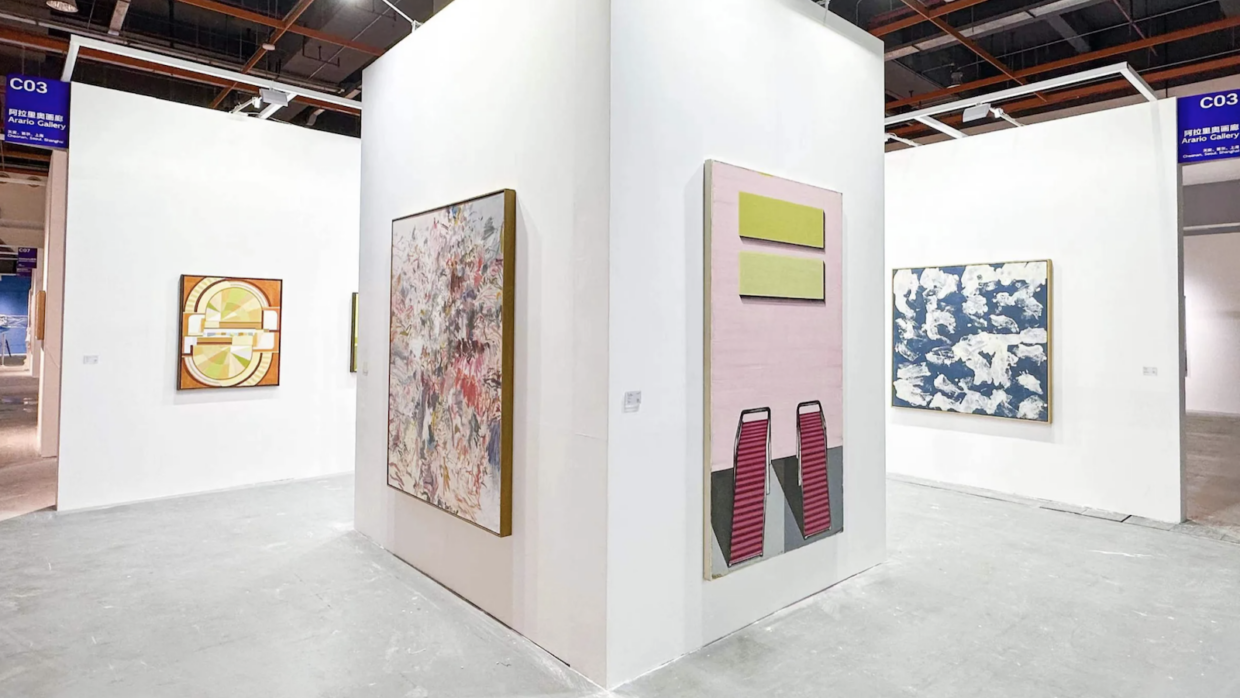|
Getting your Trinity Audio player ready...
|
Guangzhou, an economic juggernaut with a population of 18 million, is making strides towards establishing itself as a contemporary art hub. The Moordn Art Fair, a recent addition to the city’s artistic landscape, has brought this ambition into sharp focus. The fair, which saw substantial footfall at the Nan Fung International Convention and Exhibition Center, underscores a burgeoning interest in contemporary art in this southern Chinese metropolis.
Yet, despite the evident enthusiasm, the fair’s modest sales volumes have cast doubt on the maturity of Guangzhou’s market for contemporary art. Prominent galleries graced the event, but the tepid transactional activity highlighted the limitations of the city’s still-evolving art market, leaving many exhibitors pondering their future involvement.
Guangzhou possesses all the essential elements to cultivate a thriving contemporary art scene, including established art institutions such as an art academy, the Guangdong Art Museum, and an auction house. This infrastructure, combined with a discerning and well-mannered local audience, points to significant potential. However, the current market size and consumer engagement levels appear to be the primary hurdles.
In contrast to Guangzhou’s nascent contemporary art scene, neighboring cities within the Greater Bay Area, such as Hong Kong and Shenzhen, have more established art markets. Shenzhen, for instance, hosts the government-sponsored Art Shenzhen and DnA Shenzhen, both of which have gained considerable traction.
Despite these challenges, optimism persists among some art market participants. Zhang Yong, the director of Shanghai’s Arario Gallery, is hopeful about the rapid development of the art market in Guangdong and expresses a willingness to adapt offerings to local preferences. This sentiment suggests a belief in the region’s potential, contingent on strategic alignment with the tastes of local art collectors and connoisseurs.
Guangzhou’s journey towards becoming a hub for contemporary art is complex and multifaceted. The city’s robust economic backdrop and rich cultural fabric provide a solid foundation. Yet, translating the existing interest in contemporary art into a robust and sustainable market may require more time, along with targeted efforts from galleries, artists, and local institutions.



